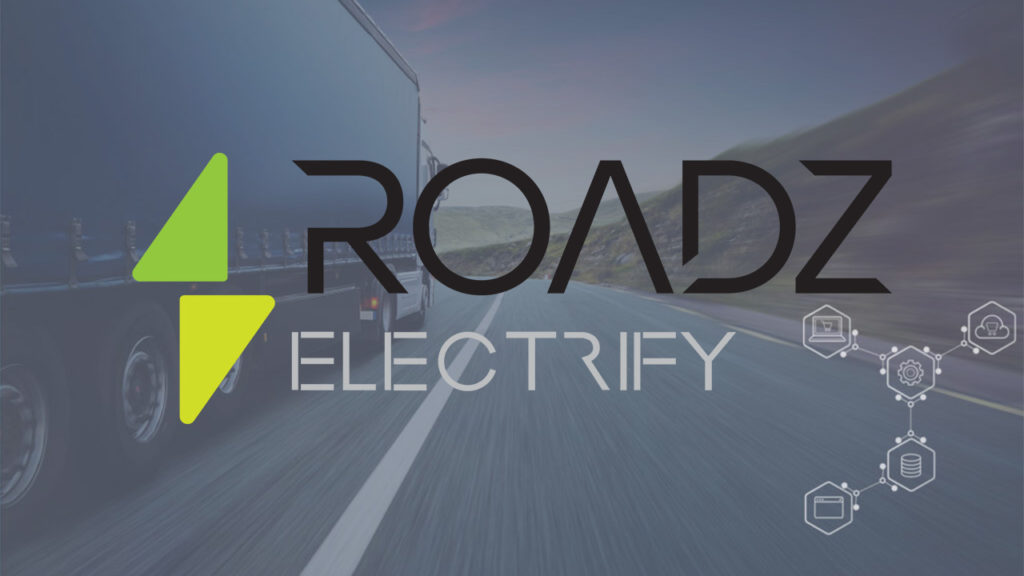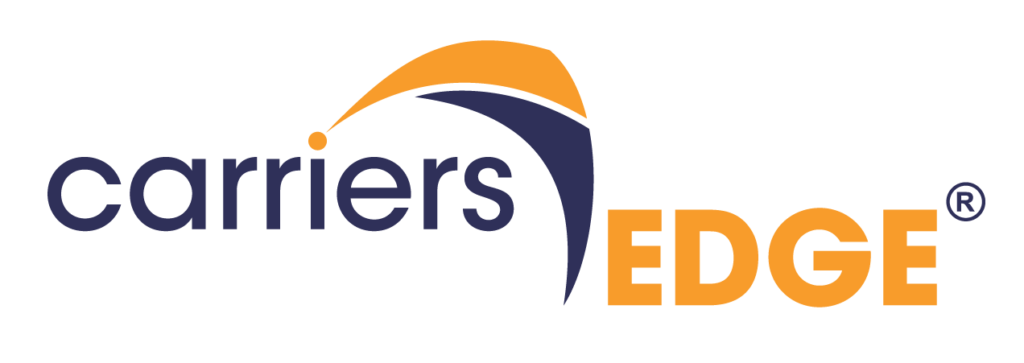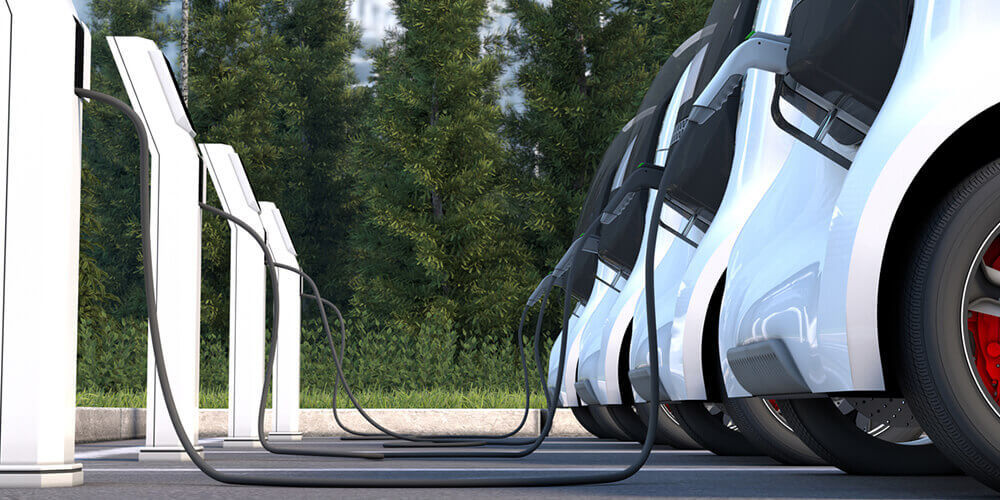Over the last few years Roadz, a Silicon Valley fleet-tech company, has pioneered and created the first open, connected ecosystem of smart fleet solutions. By working together and sharing data between them, the companies in the Roadz ecosystem provide commercial fleets with an accelerated path to cost optimization, safety, and overall efficiency in operations.
Today, as the world becomes more conscious about the impact of climate change and pollution, there is a growing demand for sustainable and eco-friendly transportation of people and goods by fleets. Electric vehicles (EVs) have emerged as a viable option for companies looking to reduce their carbon footprint and minimize their impact on the environment.
This inevitable and fundamental shift for fleets from internal combustion engine (ICE) vehicles to EVs has begun!
At Roadz we know that this transition will be quite difficult and complex for fleets. Many companies that successfully operate fleets today are just starting to understand the technical, business, and operational complexities related to converting a fleet to electric vehicles. Selecting the right EVs and building an infrastructure to charge them is a big challenge, but that’s just the beginning. Integrating EVs with existing fleet ICE vehicles across applications such as dispatch and routing, maintenance, telematics, and other fleet management solutions, will be a difficult and complicated task.
So once again, now more than ever… fleets will require an ecosystem of solution providers and vendors to support the conversion. Over the coming months Roadz will expand its connected ecosystem of fleet service providers to include providers focused on electrification, electric vehicles, green infrastructure, and other clean technologies.
The ‘ROADZ-electrify’ ecosystem will become a one-stop-shop for companies looking to make the switch to EVs. It will offer a wide range of technical, business, financial and operational resources to help companies navigate the process of converting their fleets to electric vehicles.
In the coming months, as this ecosystem grows, we will explore in our blog the many challenges that are faced by fleets (big and small) in the electrification journey and the service providers in the ROADZ-electrify ecosystem that are rising to meet the challenge.
All over the world commercial fleets are paving the way for a greener, more eco-friendly future.
The Roadz-electrify open ecosystem will be a valuable resource to these fleets in their electrification journey.









